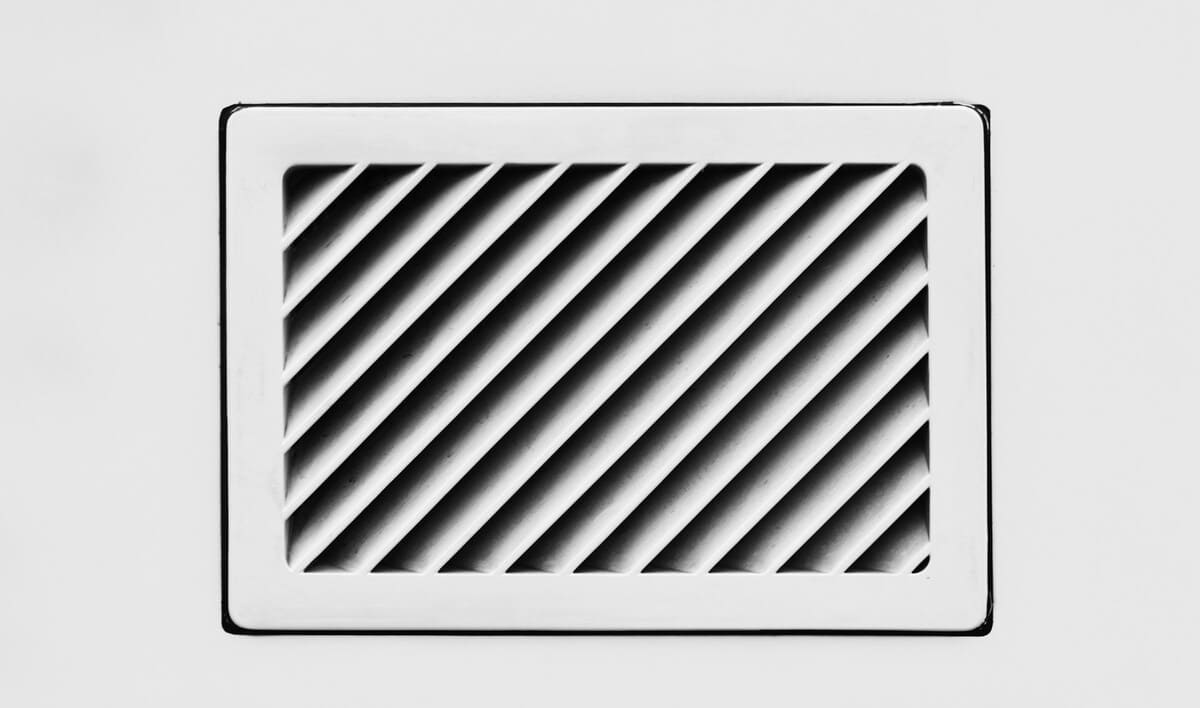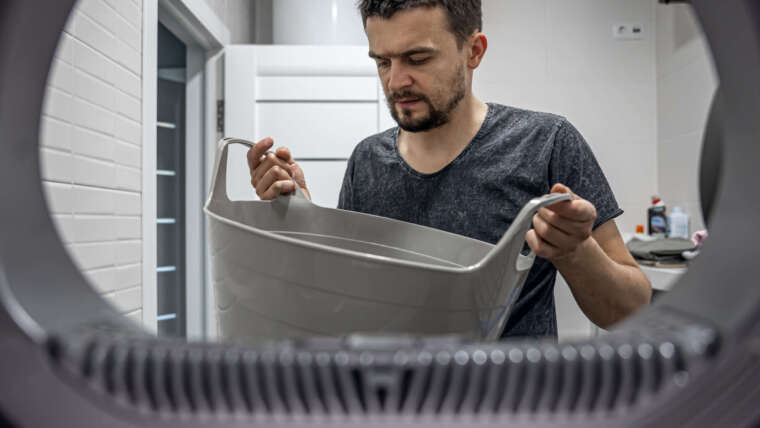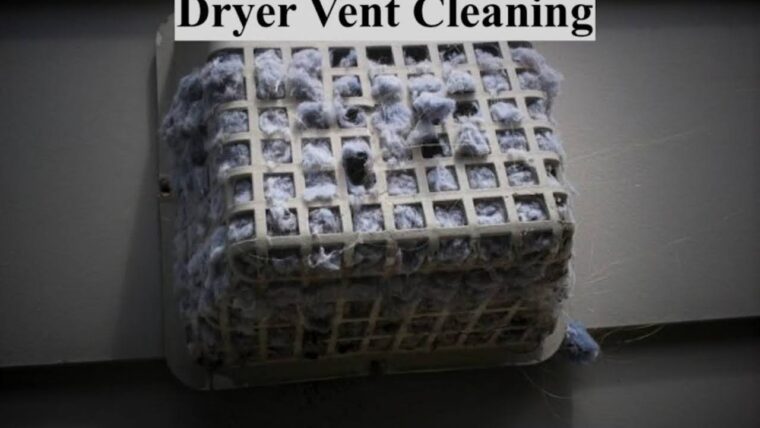
Sleep is essential to our physical and mental health, but one invisible factor often stands between us and a truly restful night: air quality. For many, the experience of sleeping in a poorly ventilated room is a nightly occurrence, with consequences that are far-reaching yet commonly overlooked. Poor ventilation doesn’t just make a room feel stuffy — it disrupts oxygen flow, traps pollutants, and creates an environment where your body cannot fully rest.
In this article, we’ll explore how sleeping in a non-ventilated room affects sleep quality, examine common sources of poor air circulation, and provide proven solutions to enhance bedroom air quality — including professional HVAC and duct services that can make a measurable difference.
Why Air Quality Matters for Sleep
Air quality directly affects our ability to breathe comfortably during the night. During sleep, your respiratory rate slows, and the body becomes more vulnerable to environmental changes. When you’re sleeping in a room without ventilation, carbon dioxide (CO₂) builds up quickly, particularly in tightly sealed bedrooms.
Elevated CO₂ levels can impair sleep by reducing the amount of oxygen in your bloodstream, resulting in:
- Reduced time spent in deep, restorative sleep stages
- Increased frequency of waking during the night
- Morning headaches, fatigue, and irritability
In contrast, proper ventilation allows for a continuous exchange of indoor and outdoor air, lowering CO₂ concentrations and supporting uninterrupted sleep cycles.
What Happens When You Sleep in a Poorly Ventilated Room?
Sleeping in a poorly ventilated room leads to the accumulation of carbon dioxide, humidity, dust, and volatile organic compounds (VOCs). These substances are often invisible, but their effects on sleep and health are well-documented.
Common symptoms of poor ventilation during sleep:
- Morning congestion and dry throat
- Night sweats without high room temperature
- Waking up frequently for no apparent reason
- Increased allergy symptoms
These signs are your body’s way of reacting to an environment that is not conducive to healthy breathing. In homes where HVAC systems are not well maintained, air ducts may harbor allergens or mold, worsening indoor air quality.
At this stage, residential air duct cleaning is one of the most direct ways to eliminate contaminants and restore proper airflow throughout your home.
The Hidden Risks of Sleeping in Non-Ventilated Room Designs
Modern building designs often prioritise energy efficiency over airflow. This results in rooms that are nearly airtight, where sleeping in non ventilated room designs can become dangerous over time.
Risks Include:
- Mold growth: Excess humidity trapped in stagnant air leads to mold in walls, windows, and duct systems.
- Airborne allergens: Pet dander, pollen, and dust mites accumulate without proper air exchange.
- Respiratory infections: Bacteria and viruses survive longer in stale, damp air, increasing risk of illness.
If you’re already using an HVAC system but still facing these problems, the issue could be internal. For example, clogged or damaged ducts may prevent fresh air from circulating, and can even reintroduce mold and bacteria into your living space. In this case, consider scheduling HVAC mold removal to clear biological contaminants from your duct system.
Mold in Vents: A Common Culprit in Poor Sleep
One of the most overlooked factors impacting sleep is mold hidden inside air vents. You could be sleeping with mold in air vent pathways every night without even knowing it.
When spores are dispersed into the air and inhaled over several hours during sleep, they can cause:
- Nasal congestion
- Chronic coughing
- Asthma-like symptoms
- Skin irritations or eye discomfort
These symptoms tend to worsen overnight and improve during the day, pointing to poor bedroom air quality. HVAC systems that haven’t been professionally cleaned in several years are especially susceptible to mold buildup.
Regular HVAC sanitizing and deep cleaning are vital in preventing this. These services eliminate microbial contaminants at the source and prevent their recurrence.

The Truth About Sleeping Under an Air Vent
While it may seem like direct airflow from a vent provides good ventilation, this isn’t always true. Sleeping under air vent outlets can cause uneven cooling, dryness, and — if the ducts are dirty — increased exposure to allergens.
Dry, forceful air aimed at your face can lead to:
- Dry throat and nasal passages
- Sinus irritation
- Headaches and eye dryness
These effects may mimic dehydration or seasonal illness but are often caused by the air distribution in your room. To prevent such issues, duct balancing and vent redirection should be considered during an HVAC inspection.
More importantly, ensuring that the air being pushed out is clean and filtered requires timely HVAC air filter replacement. A clogged or low-quality filter allows dust, allergens, and even mold spores to circulate freely in the air you breathe.
How Poor Ventilation Affects People with Respiratory Issues
For people with asthma, sleep apnea, or chronic allergies, sleeping in non ventilated room conditions can aggravate their condition. Poor airflow traps airborne irritants that worsen inflammation and make breathing more difficult.
Individuals with sleep apnea, in particular, may suffer from more frequent apneic events due to narrowed airways caused by congestion. As humidity rises in non-ventilated environments, it can also cause dust mites and mold to thrive, further complicating recovery.
How to Improve Air Circulation in Your Bedroom
Improving airflow and ventilation doesn’t always require major renovation. There are both short-term and long-term steps you can take to create a healthier sleep environment.
Short-term improvements:
- Open windows when possible to introduce outdoor air and lower CO₂ levels.
- Use a ceiling or floor fan to increase airflow within the room.
- Move furniture away from vents and walls to allow better air circulation.
- Avoid closing doors completely, as this can block natural airflow.
Long-term solutions:
- Install an exhaust ventilation system in adjoining bathrooms or hallways.
- Seal and insulate ductwork to prevent leaks and improve efficiency.
- Schedule seasonal HVAC maintenance, including filter checks and duct inspections.
- Use a CO₂ monitor to track real-time air quality in your bedroom.
If you’ve implemented these strategies but still notice symptoms, it’s time to take action at the system level. Services like Aeroseal duct sealing are designed to improve airflow by closing small gaps in your ductwork, optimizing system efficiency and reducing pollutant buildup.

Real Benefits of Improved Ventilation for Sleep
When you enhance the ventilation in your bedroom, the results can be both immediate and long-lasting. Beyond just “feeling fresher,” the physiological and psychological effects of improved air quality can dramatically boost your sleep performance and overall well-being.
- Falling Asleep Faster. Stale, oxygen-poor air makes it harder for your body to wind down at night. With proper ventilation, your bedroom environment supports natural melatonin production and body temperature regulation — two key elements that signal your brain it’s time to sleep. People sleeping in a well-ventilated room often fall asleep faster and more peacefully.
- Reduced Sleep Disruptions. Waking up in the middle of the night due to discomfort, congestion, or overheating is a clear sign that your environment isn’t supporting your rest. By circulating fresh air and keeping carbon dioxide and humidity in check, ventilation reduces these disturbances and allows for longer, uninterrupted sleep cycles.
- Decreased Snoring and Respiratory Irritation. Ventilation helps reduce airborne allergens and dryness that irritate the respiratory system. This is especially important for individuals prone to snoring or mild sleep apnea. Cleaner air supports easier breathing, reduces throat inflammation, and lessens the risk of airway obstruction during sleep.
- More Energy and Focus the Next Day. Sleep quality affects every aspect of your next day — from mood and memory to immune strength. A better-ventilated bedroom leads to more time spent in restorative deep and REM sleep, allowing your brain to recover and function optimally. You’ll wake up feeling more refreshed, with increased focus and productivity.
- Long-Term Health Protection. Consistent exposure to clean air while you sleep supports cardiovascular health, lowers the risk of chronic respiratory conditions, and reduces your body’s overall inflammatory load. Over time, this can contribute to improved immune function and reduced sensitivity to allergens and pollutants.
Conclusion: Don’t Let Poor Ventilation Ruin Your Rest
Poor bedroom ventilation might be invisible, but its impact is very real. From mold and dust to excess carbon dioxide, the quality of the air you breathe affects how deeply and how long you sleep. Whether you’re sleeping in a poorly ventilated room by accident or because of poor design, small changes can lead to big improvements in your nightly rest.
While opening a window is a good start, lasting improvement comes from deeper solutions — like inspecting and cleaning your HVAC system. Don’t wait until sleep problems become chronic. If you’re ready to upgrade your air quality and enjoy deeper, uninterrupted sleep, ProMaster Air Duct Cleaning is here to help. Our certified team offers expert HVAC inspections, mold removal, duct sealing, and complete residential air duct cleaning services designed to improve indoor air — and your overall health. Let your home work for your rest, not against it. Contact ProMaster today and take the first step toward a healthier night’s sleep.


